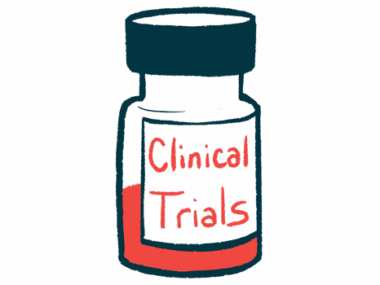Delays in on-demand treatment for HAE swelling are common: Study
Researchers surveyed U.S. residents with HAE type 1 or 2, at least one attack
Written by |

Many people with hereditary angioedema (HAE) delay on-demand treatment for their attacks because they think the swelling isn’t severe enough or due to high costs and challenges related to injection, which can worsen symptoms, a survey study finds.
“Survey results highlight that decision making regarding on-demand treatment in HAE is more complicated than expected,” the researchers wrote. “Delays may result in progression of HAE attacks and longer time to recovery.”
The study, “The complexities of decision-making associated with on-demand treatment of hereditary angioedema (HAE) attacks,” was published in Allergy, Asthma & Clinical Immunology. It was sponsored by Kalvista Pharmaceuticals, which is developing sebetralstat, an investigational on-demand treatment for HAE.
HAE causes sudden swelling attacks that can occur anywhere in the body, but are most common in the face, hands, and feet. The attacks are unpredictable and can be very painful. An attack can be life-threatening if the airways swell.
Guidelines recommend treating an attack as soon as it starts. Early treatment can help reduce its severity and duration, letting patients recover more quickly and with less disruption to their daily lives.
“While guidelines recommend the importance of early on-demand treatment, recent data indicate that many patients delay or do not treat their attacks,” the researchers wrote.
Why do patients delay on-demand treatment?
To better understand why patients delay on-demand treatment, the U.S. Hereditary Angioedema Association surveyed U.S. residents who’d been diagnosed with HAE type 1 or 2 and had at least one swelling attack in their lifetime. A total of 107 patients, 80% women, completed the survey. Nearly all the patients (98%) were adults, with an average age of 41. Half used only on-demand treatment for their swelling attacks, while the other half used a combination of preventive and on-demand treatment.
Despite recognizing when a swelling attack was about to start and knowing the importance of early treatment, 86% reported delaying it. When treatment was delayed, 75% of the respondents saw worse symptoms and 80% took longer to recover.
About 90% said they delayed or went without treatment because they felt their attack wasn’t severe enough to treat right away. Around a third or so cited the high cost of treatment and anxiety about refilling prescriptions quickly as reasons for delaying or not using treatment.
Some patients were deterred by the pain of injections and the lack of privacy to administer treatment. Nearly two-thirds (64%) didn’t carry on-demand treatment at all times when they were away from home, and for 72% of those who responded this was mostly because they preferred treating an attack at home.
The findings suggest the burden of current treatment options plays a significant role in patient decisions. This burden includes not only the physical discomfort of treatment, but financial and logistical challenges too.
“The findings of this patient survey characterize a personal decision-making process for why, when, and where to administer currently available on-demand treatment despite early recognition of attacks by patients and clear understanding of the benefits of early treatment,” wrote the researchers, who said understanding why patients delay treatment can help healthcare providers offer better support and create treatment plans that address barriers and fit patients’ needs and the goals of treatment.






